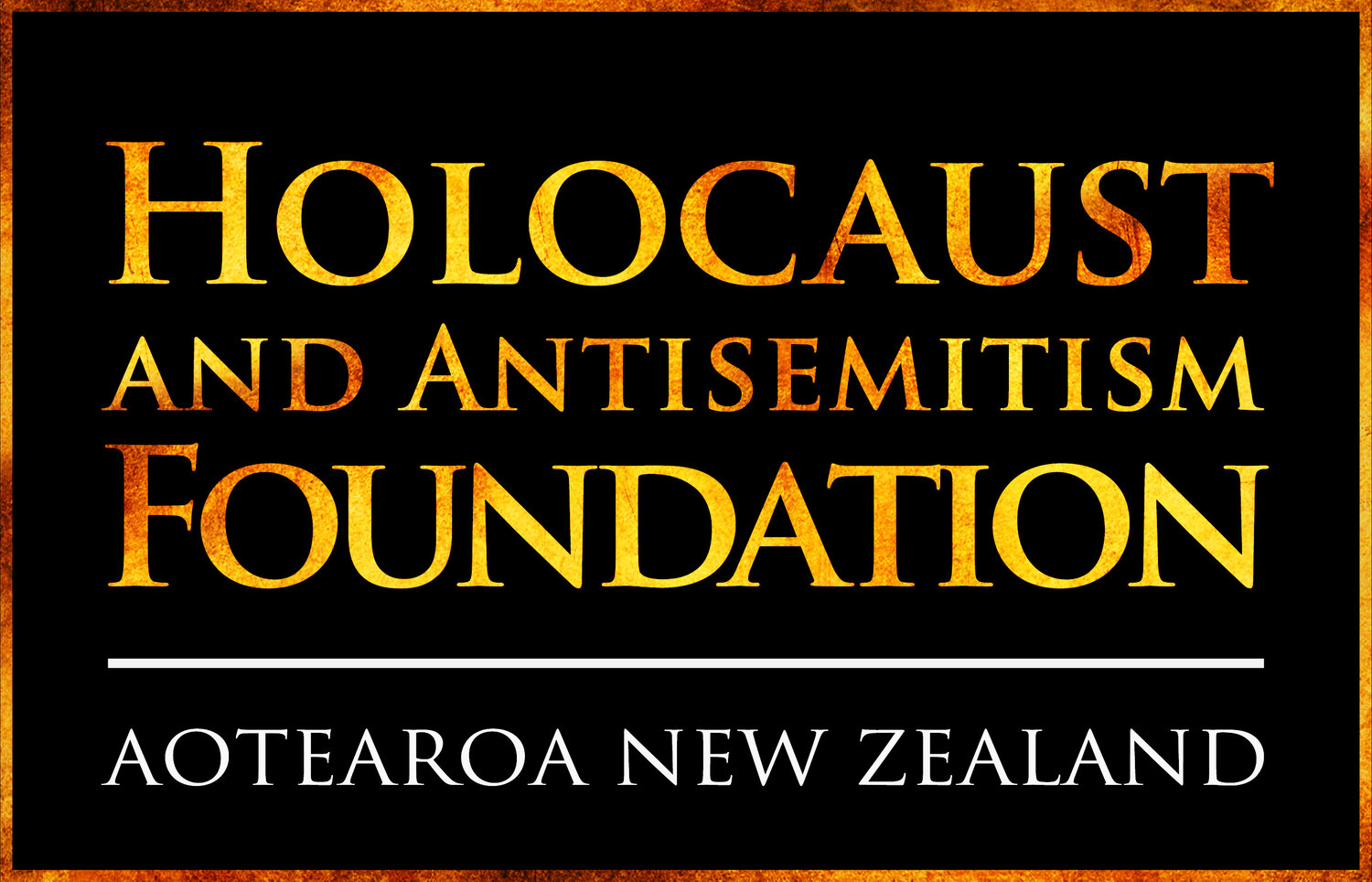
How We Conduct Our
Holocaust Survivor Interviews and Photography
We have been photographing and interviewing Holocaust survivors since 2008. Our approach to recording and presenting survivor stories differs significantly from that undertaken by most institutions dedicated to Holocaust memory.
Our primary concern is to communicate with those who know little or nothing about the Shoah. The present culture is truly media saturated and the attention span of young people is probably shorter than ever before. Shadows of Shoah seeks to introduce the Holocaust via brief, artistic, poignant, historically accurate presentations of survivors’ experiences.
Our work has been viewed by many thousands online and via our travelling exhibitions. Feedback confirms that our stories have been highly successful in engaging our viewers, including the young.
Shadows of Shoah stories are compositions of portraits, original music and text. From interviews typically up to ninety minutes duration, a mere fifteen to twenty three lines of text are distilled. (In cases where the survivor’s story is well documented elsewhere it is often possible for us to complete the interview in 30 minutes or less).
These are combined with black and white portraits and music to create three minute “vignettes”. The various elements must be carefully choreographed in order to achieve the desired artistic result.
Procedure and Lighting
Setup can take up to 30 minutes. If we are meeting the survivor at his or her home, on arrival we may ask to view any reasonably spacious rooms in which we may conduct the photography and interview. Lighting is very important. We prefer to work with light from a single window. Too much light is a problem. Rooms with windows on three walls are not usually suitable unless curtains and blinds can be closed. We bring black drapes and stands and when necessary we erect these to create the effect required.
Sheree Trotter conducts the interview. Perry Trotter photographs the survivor while the interview proceeds. An audio recording is made so that we can later make a transcript and work through the material.
Questions
Our primary goal is to allow the survivor to tell his or her story as he/she wishes. We do ask a number of basic questions but many interviews are driven by the survivor.
Our questions will include:
Date and location of birth?
Family background?
Experiences in the 1930s, as antisemitism increased?
Experiences during the Holocaust?
Experiences following WW2?
Following The Interview
We have a significant backlog of interviews awaiting processing so in some cases it may be some time before we can process the images and interviews.
Before publishing the resulting work we send it to the survivor to ask for corrections and to ensure historical accuracy. For reasons of brevity and style it is sometimes necessary for us to paraphrase or reword certain of the survivor’s statements. We do however seek the survivor’s approval of the resulting text.
Upon completion of the Shadows of Shoah story it becomes available for use in our exhibitions and online.
View examples of our stories.













